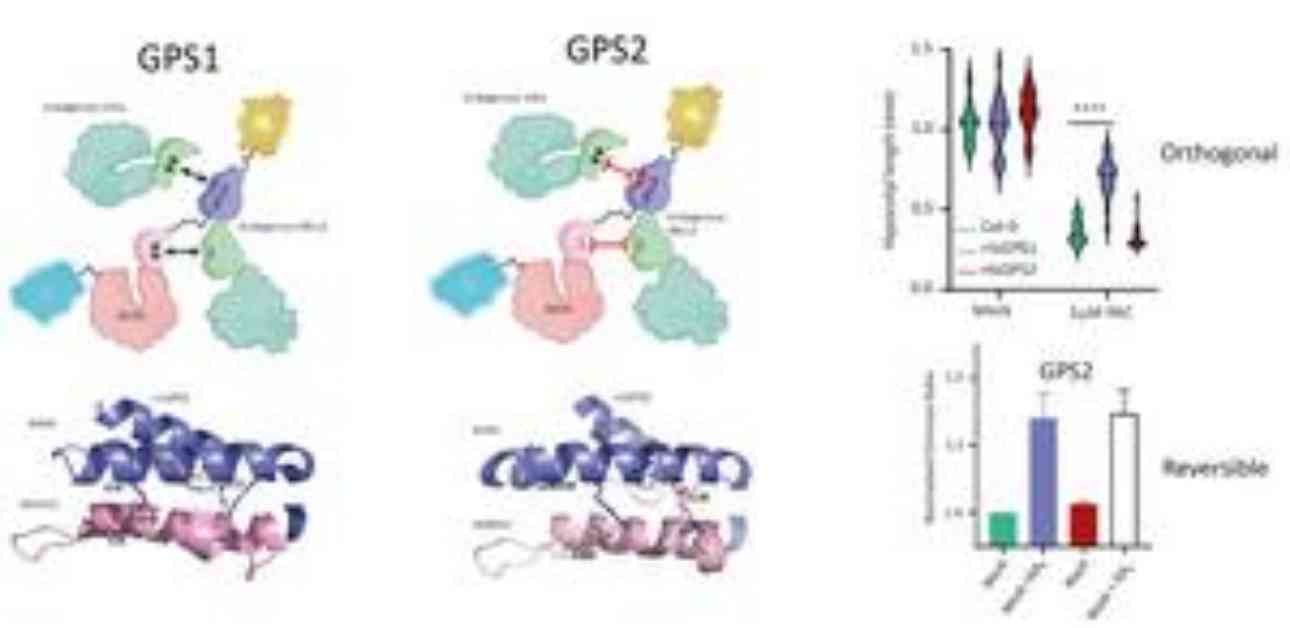Advancements in plant research have led to a deeper understanding of how plant hormones, specifically gibberellin (GA), play a crucial role in regulating plant growth and responding to environmental changes. The University of Cambridge team’s research has shed light on the complex signaling mechanisms that control stem growth in plants, particularly in the transition from dark to light conditions.
Plant hormones are essential for plant development, allowing them to adapt to their surroundings through a process known as plant plasticity. GA, in particular, is involved in stimulating rapid elongation of seedling stems in response to darkness, enabling them to reach sunlight for photosynthesis. The research team at the Sainsbury Laboratory Cambridge University has used a highly sensitive biosensor called Gibberellin Perception Sensor 1 (GPS1) to track GA levels at the cellular level in growing seedlings.
Their latest findings reveal a complex interplay of signaling pathways that regulate GA levels in plant cells, especially in the hypocotyl region where rapid growth occurs. They discovered that a specific enzyme, GA20ox1, controls GA levels in these cells and is influenced by a regulator called COP1, which is crucial for plant development in darkness. The study highlights the importance of GA gradients in cell elongation and how they are dynamically regulated in response to environmental cues.
As plants transition from dark to light conditions, their growth patterns change to support the development of leaves and branches. The researchers developed a new biosensor, GIBBERELLIN PERCEPTION SENSOR 2 (GPS2), to monitor GA levels during this transition. The biosensor revealed a pattern of GA depletion in response to light, explaining the observed changes in stem growth. This breakthrough offers valuable insights into how plants adjust their growth in different environmental conditions and opens up new possibilities for targeted manipulation of GA levels in plants.
Understanding the role of gibberellin in plant development has significant implications for agriculture. By controlling GA levels in specific plant tissues, researchers hope to optimize crop traits such as stem length, grain size, and nutrient efficiency. This knowledge can help farmers make informed decisions about when and where to grow plants to maximize yield and adapt to changing environmental conditions.
Overall, this research contributes to our understanding of how plant hormones influence growth and development, paving the way for innovative strategies to improve crop productivity and sustainability. The use of advanced biosensor technology has provided new insights into the intricate mechanisms that govern plant responses to their environment, offering exciting possibilities for future research in plant biology.












